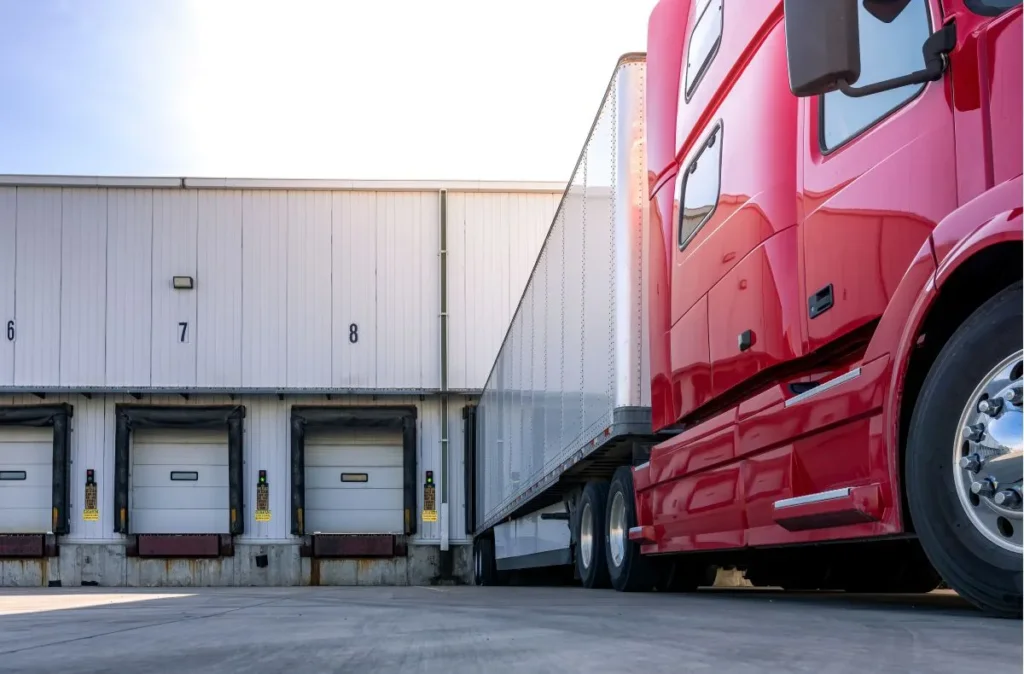Faced with such dire warnings, it can be tempting to despair. But giving up is not an option and, crucially, hope remains. We already have a range of effective means to rapidly reduce carbon emissions and stabilize our climate for the future.
Building sustainability in supply chains is a huge part of the story. The World Economic Forum, for instance, has identified eight supply chains across major industries that account for more than 50% of global greenhouse gas emissions.
As leaders managing supply chains, we have a responsibility to act. That means improving the efficiency with which we consume the energy that powers our internal manufacturing operations and working with our suppliers to reduce their carbon emissions and those embedded in their value chains.
Improving internal supply chain sustainability and efficiency is a quick win
When it comes to decarbonizing our supply chains, improving the efficiency with which we consume energy internally is a relatively quick win. Indeed, optimizing energy consumption collectively accounts for some 55% of the solution to deliver net zero by 2050.
And yet, the transformative potential of these often straightforward efficiency improvements remains chronically overlooked. In an independent survey of over 500 C-suite executives Schneider Electric commissioned last year, sustainability was a clear priority. But only 31% of organizations surveyed were pushing to improve the efficiency with which they consume their energy by electrifying – for example replacing natural gas heating with electricity.
Such data makes clear that many businesses have yet to recognize the fundamental importance of reducing energy waste to cut carbon emissions.
For this reason, a comprehensive energy management plan – rooted in electrification and digitalization – must be the first port of call if you’re seeking to decarbonize your operations: invest in connected products that monitor and measure energy use across factories and distribution centres. This will allow you to obtain and analyze the data you need to reduce energy waste, improve efficiency, and lower costs in the process.
Since these improvements are internally focused and do not require direct engagement with suppliers, they are relatively
“low-hanging fruit” for firms seeking to decarbonize their operations. Such measures can also yield significant cost savings.
For instance, Schneider Electric’s factory in Lexington, Kentucky, which has been recognized as a Sustainability Lighthouse by the World Economic Forum, leverages digital management tools to monitor energy consumption across all critical processes. These efforts have enabled the plant to lower energy consumption by 3.5% annually, saving over $6 million in recent years.
Tackling Scope 3 emissions for supply chain sustainability
But decarbonizing operations is merely a first step. By far, the biggest factor impacting a company’s carbon footprint is what’s known as Scope 3 emissions – those embedded both upstream and downstream in a company’s supply chain.
According to Gartner, Scope 3 emissions can account for 90% or more of total value chain emissions. They are also the hardest to measure and manage. But if you’re serious about realizing their climate ambitions, tackling Scope 3 emissions must be a priority. This can involve:
- Working with suppliers to establish clear, achievable, and measurable decarbonization goals.
- Equipping suppliers with the tools, training, resources, and incentives they need in this respect.
- Reporting progress and encouraging faster learning through community engagement.
Take, for example, Schneider Electric’s The Zero Carbon Project: we’re supporting our top 1,000 suppliers to halve their operational carbon emissions by 2025.
At the start of the project in April 2021, 75% of our suppliers had never quantified carbon emissions and were new to the subject. So, we helped them set a roadmap with clear steps and milestones. We provided training, resources, guidance, and implementation support to get them started. And we established a digital community where participants could share their experiences and best practices.
By the end of 2022, participating suppliers had collectively achieved a 10% reduction in carbon emissions – and that has, in turn, proven critical to accelerating progress on our own supply chain carbon footprint.
Supply chain sustainability: a moment for action
The climate change clock is ticking, loud and clear. But we know what we need to do. Initiatives like our Lexington plant and The Zero Carbon Project show that a combination of internal efficiency improvements and concerted supplier engagement can achieve supply chain decarbonization at scale and speed.
So, let’s seize the opportunity to create a more sustainable future, one supplier at a time.
This article, written by Mourad Tamoud, Executive Vice-President of Global Supply Chain Operations for Schneider Electric, has been shared in accordance with the Creative Commons Attribution-NonCommercial-NoDerivatives 4.0 International Public License, and the World Economic Forum’s Terms of Use. The original text was published here on the World Economic Forum website.
Photo by Rinson Chory on Unsplash









